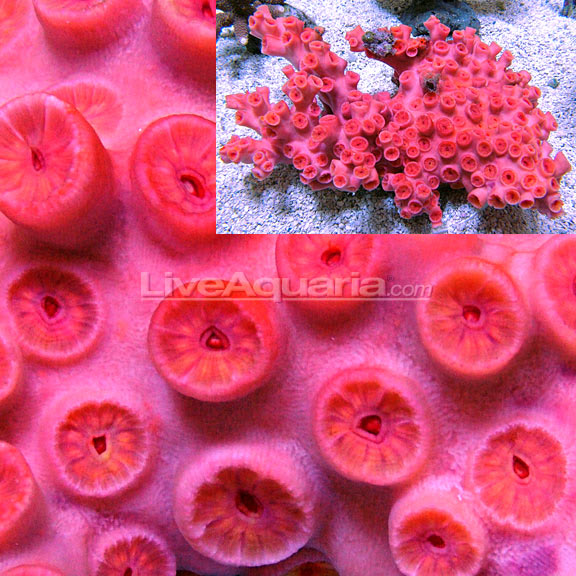Cladopsammia gracilis, previously known as Dendrophylllia gracilis (more on that below), is likely one of the most finicky azoox LPS coral currently available in the aquarium hobby. Although Cladopsammia gracilis has recently been coming in decent numbers and lower prices, few have good success conditioning these corals to captive environments. Even fresh colonies arriving with a thick covering of tissue and overall healthy appearances can be hard to entice to extend their polyps. If this coral is indeed Cladopsammia gracilis, it might help to have a closer look at the re-description of the species to understand why it might be so hard to condition.
Cladopsammia gracilis is identified as Dendrophyllia by the majority of the aquarium industry, including many stores and interested hobbyists. This confusion is not unwarranted since Cladopsammia gracilis was considered to be a Dendrophyllia at one point; the species was re-described in 1994.

Cladopsammia gracilis is found in the temperate Indo-Pacific and West Pacific at depths between 0-95 feet (Cairns, S.D., 1994). This would suggest that it needs colder water, and could explain why so few people have good success with this coral. The only well documented success story with this species which was kept at 68F, seems to reaffirm this this theory (video by Mike Lukaczyn below).
It never hurts to lower the temperature in azoox coral aquarium system since many are often found in cooler waters. Much like Tubatraea micrantha, Cladopsammia gracilis also appears to be very sensitive to light, so initially it is best to attempt feeding you coral in the dark. Presumably bucket-feeding could be used to initiate feeding responses during the day, but results might not initially prove as fruitful as with other azoox LPS.
[youtube]http://youtu.be/g0o7KF3UMoY[/youtube]
Cladopsammia gracilis are stunning corals, and the impressice colonies could look absolutely spectacular when open. It is unfortunate that success with these corals is still limited, but as we learn more and more about their care and requirements we should become more successful at keeping these corals alive.
Species and genera level identification on the azoox side of reefing cannot be taken for granted, even when it is widely accepted as common knowledge. We cannot be one hundred percent sure that the coral we are looking at is actually Cladopsammia gracilis, and we’re not likely to find out until someone actually goes out of their way to perform DNA analysis
Establishing the right identification of the species can further our understanding about the care and needs of these wonderful corals. We love to hear your experience with these corals, so feel free to post any observations you might have had with this coral in the comments below.




